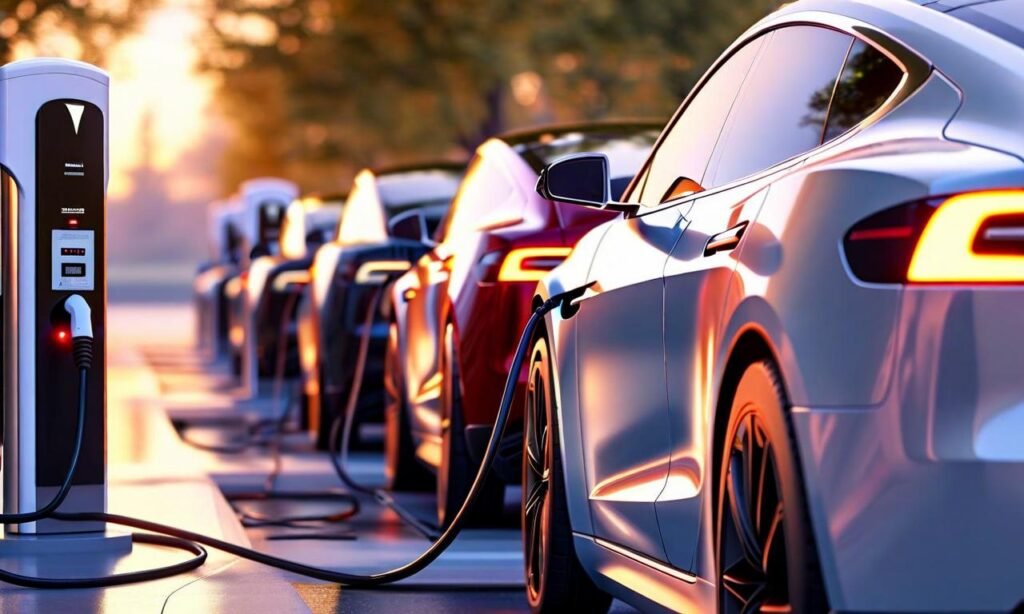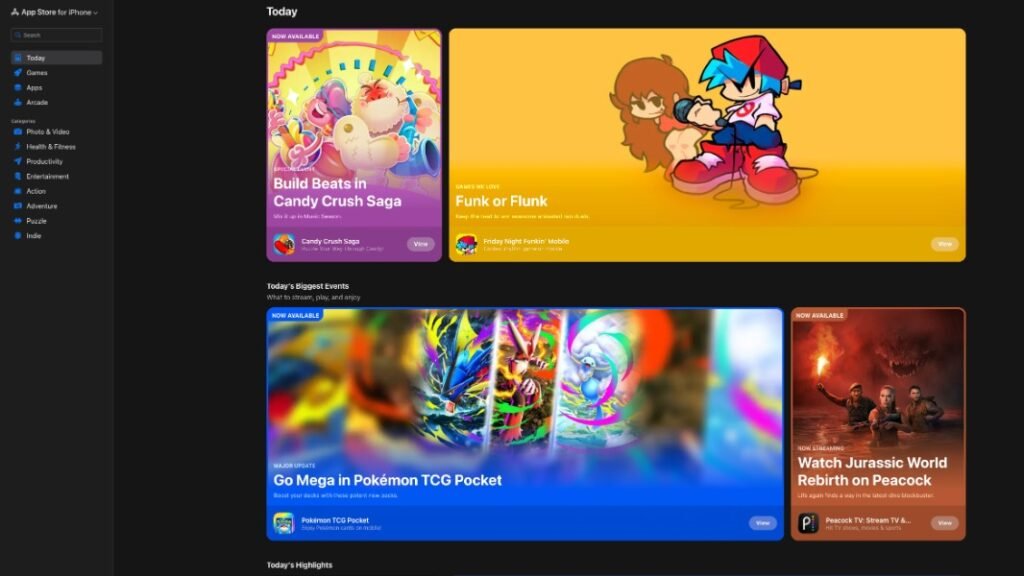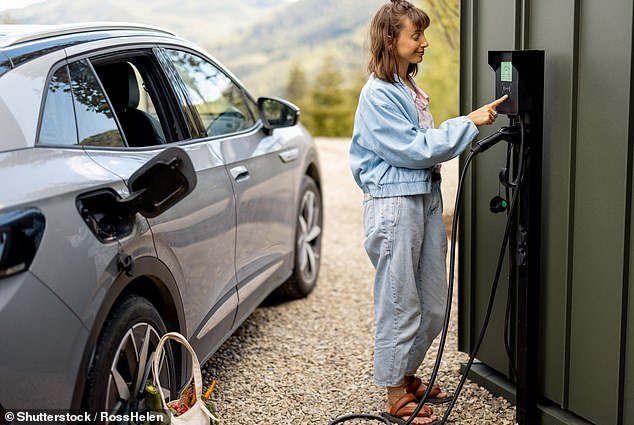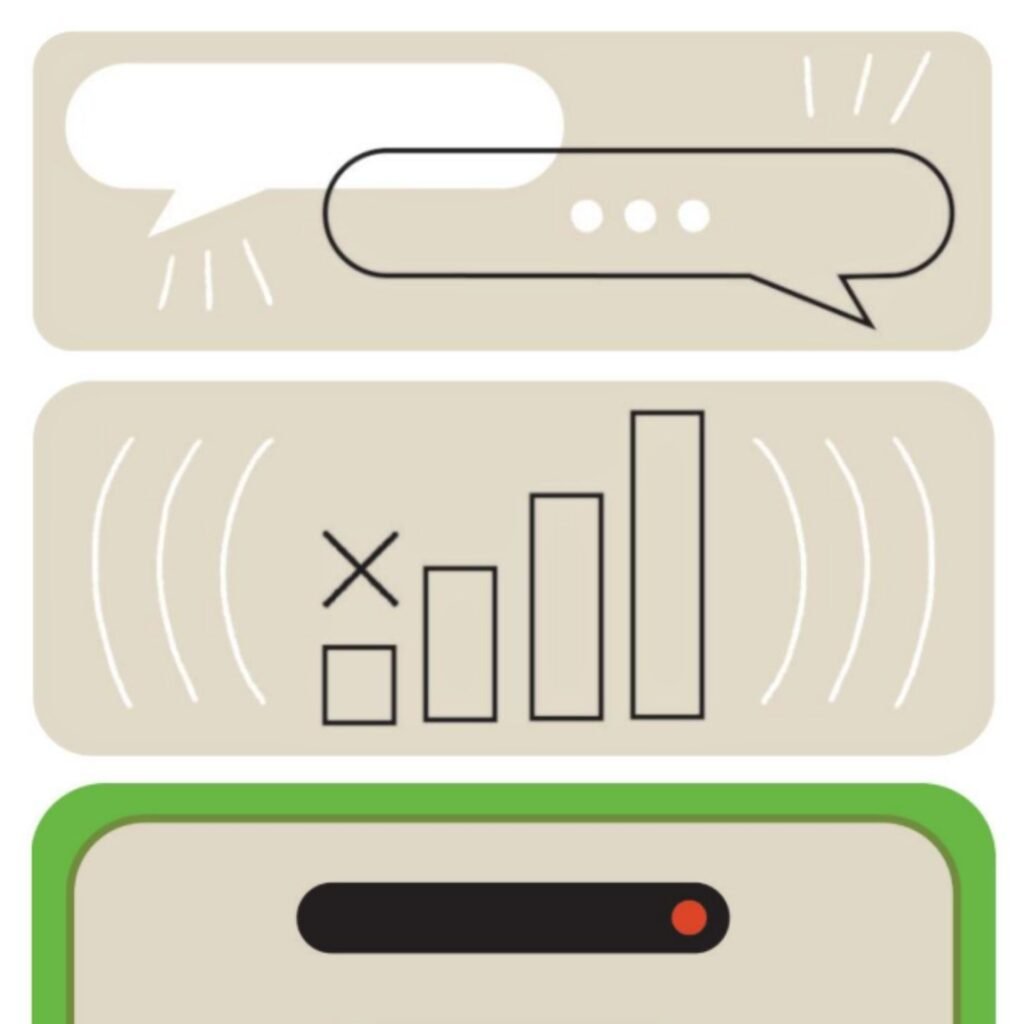As government incentives fade and growth cools, Canada’s electric vehicle market is shifting from subsidy-driven expansion to a more mature focus on value, trust, and long-term ownership appeal.
Canada’s electric vehicle market is learning to stand on its own.
After several years of growth fueled by government rebates and new model launches, the pace has slowed. Electric vehicles made up 9.2 percent of new car sales in the second quarter of 20251, down from nearly 19 percent late last year2. The federal iZEV rebate program ran out of funds in January.
These shifts have changed how automakers, dealers, and policymakers think about the next phase of adoption. With fewer rebates to entice buyers, Canada’s electric transition is now less about chasing discounts and more about showing that EVs make financial sense over time.
There are signs that the EV ecosystem is adapting. Dealers are training staff to explain the math behind ownership costs, showing customers how electricity prices compare with gasoline and how less frequent maintenance can save thousands of dollars over the vehicle’s lifetime. A July 2025 study found that total cost of ownership modeling is becoming one of the main decision tools for potential EV buyers. “As the adoption of electric vehicles is often hindered by perceived high upfront costs, a thorough analysis of total cost of ownership allows for a more accurate comparison with conventional vehicles by incorporating all relevant costs throughout the vehicle’s lifecycle,” noted the study3.
A global survey found that 73 percent of EV buyers purchased maintenance or warranty extensions4, signaling a growing desire for security. Meanwhile, J.D. Power’s 2025 Canada Electric Vehicle Consideration Study reported that 42 percent of likely buyers said the rebate pause made them less willing to purchase an EV.
Those numbers show that confidence is now the new currency. They also offer guidance for manufacturers willing to listen, since the next phase of Canada’s EV adoption depends on how well the industry can turn short-term hesitation into long-term trust.
Some automakers are finding ways to do just that. VinFast’s strategy in
Its ten-year, 200,000-kilometre vehicle warranty and ten-year unlimited-mileage battery coverage are designed to make ownership predictable. This long-term coverage gives buyers confidence that maintenance surprises will not erase their fuel savings.
The company’s mobile app connects drivers to more than 100,000 public chargers across
As incentives fade, financing and leasing have become key tools to keep electric vehicles within reach. Across
Then there is the human side of the strategy. In its 2025 campaign, VinFast pledged to donate 100 meals for every test drive completed, with a goal of 2,000 test drives, aiming to provide 200,000 meals to Food Banks Canada. The program encouraged trial while contributing to local communities. It also turned lead generation into an act of goodwill, reflecting what marketing scholars call Marketing 3.0, an approach that links commercial goals with social purpose.
Together, VinFast’s three-pronged approach forms a practical guide for selling EVs in a maturing market. Reduce uncertainty through warranties and service, make charging simple, use flexible financing to manage costs, and anchor the brand in community life. At a time when policy support wavers, the country’s electric future will depend on how well industry players can make the math and the experience work for everyone.
View source version on businesswire.com:
john.lindo@vinfastauto.com
Source: VinFast







